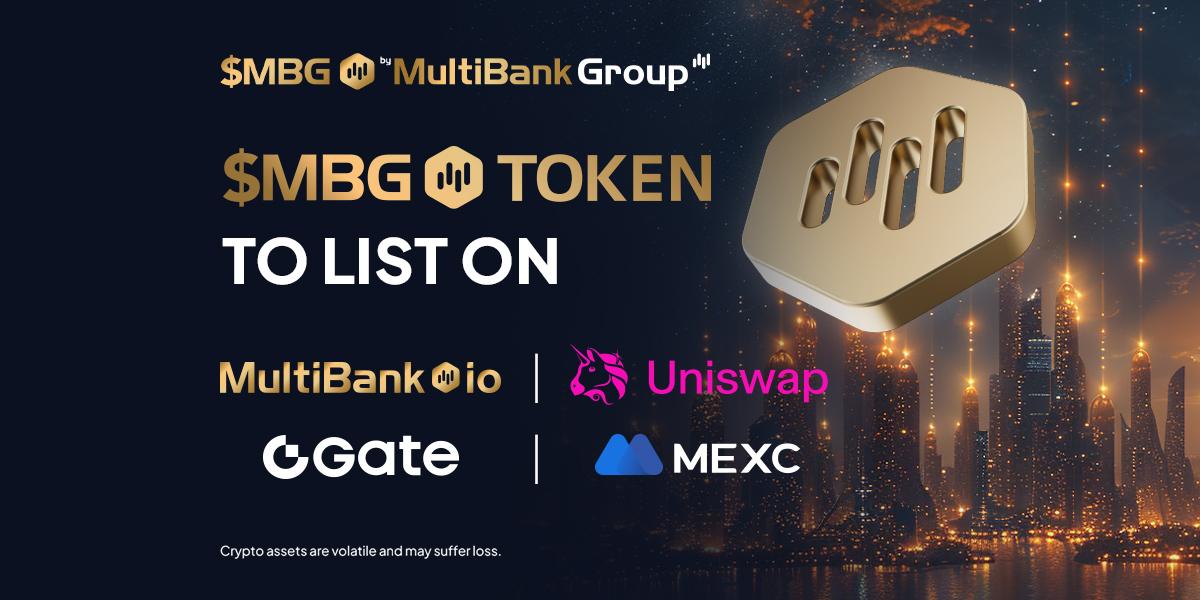Cryptocurrencies are traded in a very dynamic and at times, profitable manner for the investors and traders in the market. Among the most promising and at the same time rather interesting opportunities in this area, it is possible to single out crypto arbitrage. This strategy involves taking advantage of price disparities of the same cryptocurrency across various exchanges; buying from one exchange and selling at the other. On the surface, the concept might seem rather straightforward, yet to achieve the desired result, it is crucial to comprehend the approaches, methods and instruments for operating within the market environment.

Understanding Crypto Arbitrage
Arbitration in its simplest sense is where a trader takes advantage of price differentials in two or more markets. Such discrepancies can be observed in the case of cryptocurrencies because of the availability of numerous exchanges operating on a global level, differing liquidity and transaction velocities and costs. For instance, one may buy Bitcoin at $30,000 on one exchange and $30,500 on another. A trader could in theory purchase Bitcoin on the lower-priced exchange and then sell it on the more expensive one thus making a profit. Similarly, the case is with the specialized tokens including the BTC Bull Token where the traders can make profits through the price disparities across different marketplaces. But in real life, the application of this strategy is not as simple and depends on many factors and the action should be done fast.
Types of Crypto Arbitrage
There are several types of crypto arbitrage, each with its own set of challenges and opportunities:
- Spatial Arbitrage: This is the basic form of the strategy, which entails purchasing a certain cryptocurrency and selling on a different platform. For instance, a trader can purchase Ethereum with a view of selling it on another platform, exchange B at a higher price as compared to exchange A. The main point is that prices can move quite fast in this regard.
- Triangular Arbitrage: This strategy focuses on arbitraging between three different cryptocurrencies on the same exchange when the price of one cryptocurrency differs from the price of the other two cryptocurrencies. For instance, a trader may open with BTC, then change it for ETH, then for LTC and only then sell back the LTC for BTC while expecting to have more BTC in the end than initially.
- Statistical Arbitrage: This technique is more sophisticated and it relies on statistical models to make the predictions of price changes and then place the trades according to the likelihood that the price will revert to the mean or follow another pattern. It sometimes comprises algorithmic trading in which trades are made mechanically through a set of rules.
- Cross-Border Arbitrage: This kind of arbitrage takes advantage of the price disparity between the different exchanges in different countries. Price variations can be attributed to the following factors; legal disparities, local market trends and other factors. Nevertheless, other risks include currency exchange rates as well as legal issues that the traders have to contemplate.
Techniques for Success in Crypto Arbitrage
While the concept of arbitrage is rather straightforward, the execution of trades demands accuracy, swiftness and understanding. Here are some key techniques to consider:
- Speed and Automation: The cryptocurrency market never sleeps and price difference can be gone in the blink of an eye. Therefore, speed plays a very significant role. Trading bots are commonly used to analyze several exchanges at once and make trades at the first possible chance. These bots can be set to work with certain strategies meaning they will not be prone to making mistakes that a human may make.
- Liquidity Considerations: Therefore, High liquidity is crucial for arbitrage. The traders have to make sure that the exchanges they are going to trade in have enough trading volume so that big orders do not affect the price too much. If the liquidity is low, slippage can occur in which the price moves against the trader before the trade is completed.
- Fee Management: These include trading fees, withdrawal fees and deposit fees which can reduce the amount of profit to be made from arbitrage. It is important to include these in the analysis of returns that can be realized within business. Some of the traders prefer exchanges that charge low transaction fees while others employ native tokens to cut expenses.
- Risk Management: However, like any other investment, crypto arbitrage has its risks. The price differences tend to disappear within a short time, thus incurring a loss if trades are not done in time. Also, the fluctuation in the prices of cryptocurrencies is high and can be quite drastic within a short time. Trailing stop loss orders and other measures can be used in an attempt to minimize the losses that might occur.
Challenges and Considerations
- Regulatory Risks: As of today, different countries have different rules regarding cryptocurrency trading. It also comes with a legal risk since the funds of the traders may be frozen or confiscated.
- Exchange Risks: Not all exchanges are the same or at least they should not be. Some of them may have withdrawal limitations, time-consuming processing or may be vulnerable to hacking. It helps to stick to the established exchanges that have a record of providing satisfactory services.
- Market Risks: Cryptocurrencies are fluctuating assets and prices of these currencies can change in a snap of a finger, sometimes within a few seconds. Traders need to know when and how to enter the market and how to control their risk.
Conclusion
Crypto-arbitrage trading is a fairly new and versatile way for trading enthusiasts to make money from price differences within the continuously growing cryptocurrency market. Nonetheless, to excel in this branch one has to be fast, accurate and above all knowledgeable about the market conditions.
| DISCLAIMER: The information on this website is provided as general market commentary and does not constitute investment advice. We encourage you to do your own research before investing. |
























